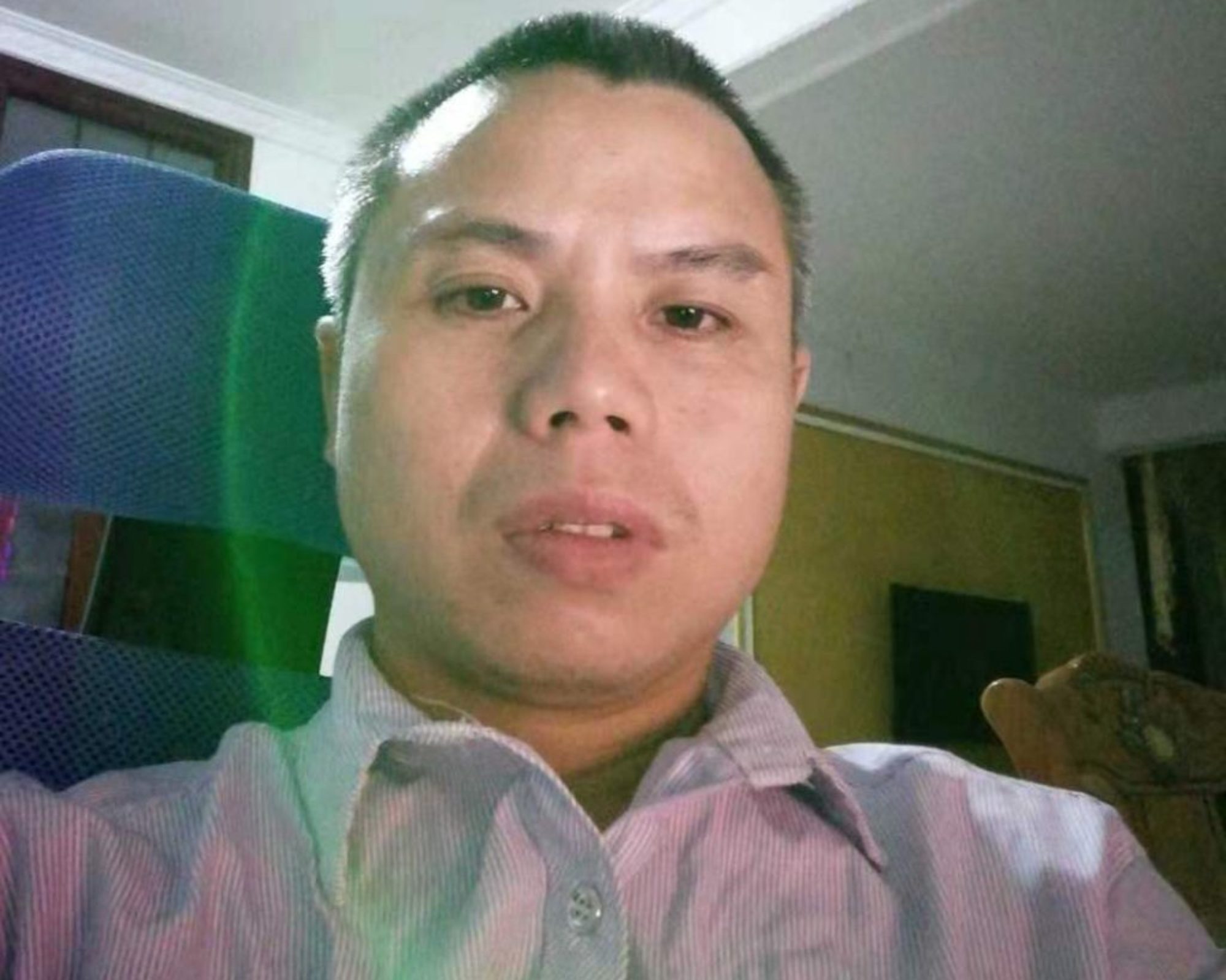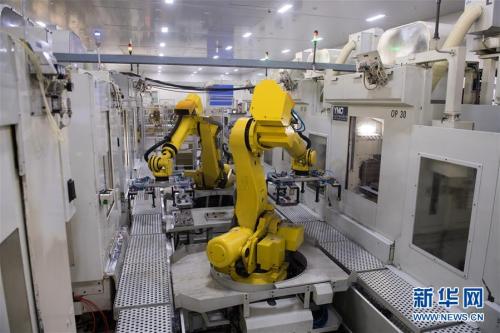By CurtisStone (Peoples Daily Online)17:25, August 01, 2019
The US Federal Reserve lowered its benchmark interest rate Wednesday by a quarter point to a range of 2 to 2.5 percent. It is the first reduction in a decade. The Fed has said it is concerned by uncertainties around trade wars and the strength of the global economy. This is a slam on the face of US President Donald Trump, who has been bragging that the US economy is doing great.
The Federal Reserve is the central bank of the United States and it has the authority to formulate US monetary policy according to its assessment of the US economic situation. It is a key organization in managing the macro economy in the United States.
And unlike the cheap talk of US politicians, the Fed鈥檚 actions and comments carry some serious weight.
On Tuesday, US President Donald Trump sent out four tweets, claiming that he 鈥済ot China back on its heels, and the United States in doing great.鈥?He also claimed that the 鈥淭rump Tariffs鈥?are costing China millions of jobs.
This is just Trump talking through his hat.
While Trump was busy tweeting with his thumbs, the US side and China were busy conveying the 12th round of trade negotations in Shanghai. It is understandable and even expected that Trump would try to influence the negotations, but the claims were pure nonsense.
Economics tells us that rate cuts, which are a typical expansionary monetary policy tool, are a response to downward pressure on the economy. The Fed鈥檚 rate cut was an act of desperation and it indicates that the US economy has entered a period of possible recession. The Fed is always very careful in the words it chooses, but it is clearly worried that a recession may be on the horizon, and it has pointed the finger at Trump鈥檚 trade wars.
It is common knowledge that there are no winners in a trade war. In a globalized world, it is also impossible to decouple the American and Chinese economies. The trade frictions between the world鈥檚 two largest economies has brought damage to both sides and to the world. This is further proof that cooperation will lead to mutual benefits and that confrontation will lead to mutual destruction.
However, consdiering the situation, China鈥檚 economy has fared quite well鈥攁 point that Trump has missed.
For example, an important meeting attended by China鈥檚 top leaders was held in Beijing on Tuesday to analyze the economic situation and arrange the economic work for the second half of the year. A statement released after the meeting said that the Chinese economy maintained the steadily advancing momentum in the first half of 2019 and that the main macroeconomic indicators remain in a reasonable range.
The statement from the meeting of the Political Bureau of the Communist Party of China Central Committee also mentioned several other positive factors going for China, such as headway in supply-side structural reforms, relatively full employment, advancement of the targeted poverty alleviation, and improvement in people鈥檚 living standards, as well as the ongoing transition from high-speed growth to high-quality growth. All in all, the statement painted a picture of a country moving forward.
Data also backs up the claim that China is doing well. Data from the National Bureau of Statistics showed that China鈥檚 GDP expanded 6.3 percent in the first half of 2019 to about 45.09 trillion yuan. This is still a very high growth rate considering the size of China鈥檚 economy.
These facts are quite different from the picture that Trump has tried to paint. Despite some issues and challenges, China鈥檚 economy, on the whole, is not only doing well, but is resilient enough to withstand the impact of Trump鈥檚 trade war against China.
It is complete and utter nonsense to suggest that the US economy is not facing serious challenges and that China was taken aback by Trump鈥檚 moves.
The Chinese leadership deserve much credit for the good shape of the Chinese economy and for skillfully maneuvering the country. China is a country capable of pushing forward structural reforms, which is needed to boost economic growth. It is also a country that can set long term plans and goals and then implement them. This is an important advantage of Chinese system and an important source of confidence in the Chinese economy.
To the contrary, America鈥檚 political system is dysfunctional. The US economic expansion over the past years was mainly driven by the Fed鈥檚 actions to pump liquidity into the US economy and it has little to do with so-called 鈥淭rumponomics.鈥?Republican tax cuts injected some juice into the economy, but Republicans lost the House in the 2018 midterm elections and it is unlikely that the US government will be able to agree on any major reforms.
The US side should be more realistic about the situation and the state of its own economy. The first rate cut since the Great Recession in 2008 suggests that the Fed is in a sweat about a possible recession spurred by Trump鈥檚 trade wars and slowing global growth and it sends a signal that rough waters are ahead. The facts just do not match Trump鈥檚 fantasy world of an all-powerful America and a desperate China.
![]()

